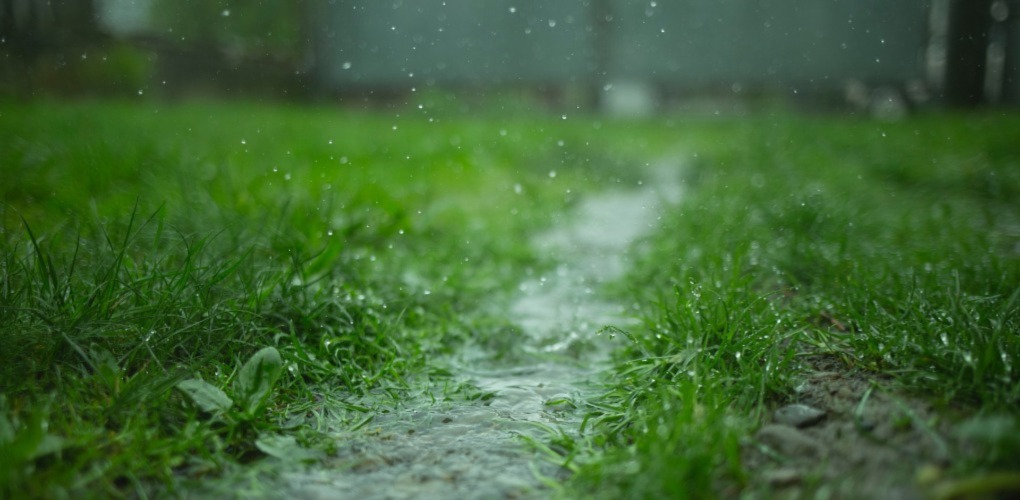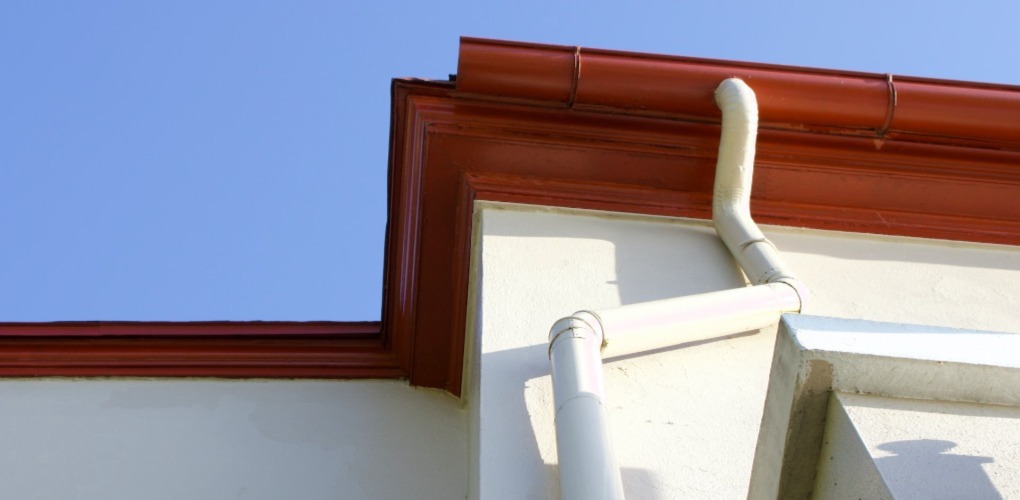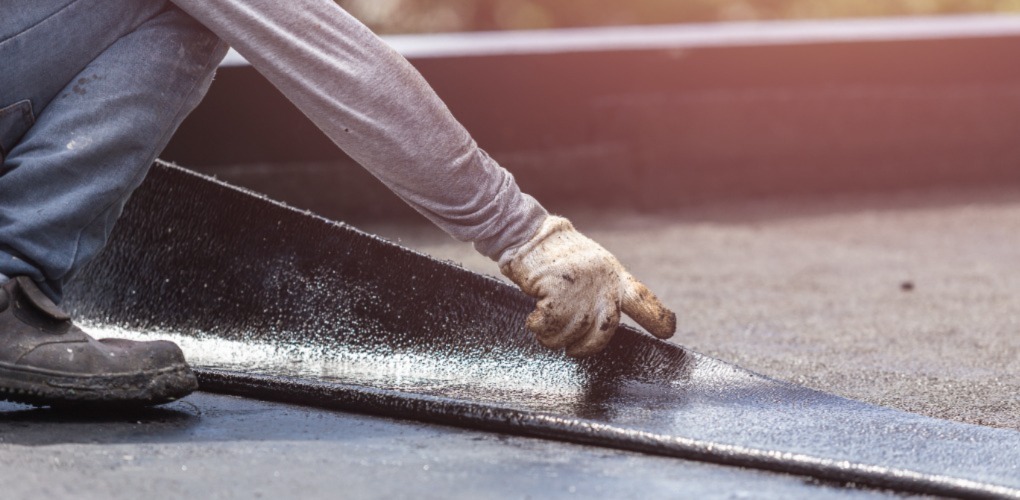February 22, 2023
Your Guide to Waterproofing a Basement
Welcome to your ultimate guide to waterproofing your basement! If you're reading this, chances are you've experienced the frustration and stress of a flooded basement. Maybe you've come home to find your carpet soggy and your walls dripping, or maybe you've had to constantly bail out water during heavy rain. Either way, a flooded basement is never a fun situation.
But fear not, because we've got the solutions for you. In this guide, we'll look at why waterproofing a basement is so important and break down the steps required to ensure the job is done right. We'll cover everything from causes of flooded basements to outdoor methods, exterior waterproofing techniques, and interior ways of waterproofing. So read on and make sure your basement stays dry!
Causes of flooded basements

One of the most common causes of basement flooding is heavy rainfall or snowmelt that overwhelms your home's drainage system. If your gutters are clogged or your downspouts are too short, the water has nowhere to go and ends up seeping into your foundation. Another cause of basement flooding is a high water table, which is the level of underground water. If the water table is higher than the level of your basement floor, it can lead to water entering your home.
Other causes of basement flooding include faulty or broken pipes, a sump pump that isn't working properly, and even appliances like your washing machine or water heater. Also, your residence’s foundation sits against outside soil that contains moisture. If this moisture isn't blocked properly, it can seep into the cracks of your foundation walls or flow through tiny pores in masonry blocks, damaging the materials over time.
Knowing this information makes it easier to comprehend why proper basement waterproofing matters so much in home maintenance. But what exactly does that entail? In general, there are three methods: outdoors, exterior, and interior. Let's look at each one separately:
Outdoor Methods

Oftentimes homeowners will opt for external solutions when it comes to basement waterproofing because they're relatively affordable compared to interior methods; however, these must be done before any construction begins due to their location on the property itself. Outdoor treatments typically involve the installation of French drains around the perimeter of the house which collect excess water by connecting gutters and downspouts directly to underground piping systems below grade level; or installing curtain drain trenches beneath footings which are configured in a loop pattern that allows water collection during heavy rains then pipe out away from underlying soils. This type of solution may also need additional reinforcement such as a sump pump if necessary.
Exterior Waterproofing

Exterior sealing products used can range from tar-based asphalt membranes to concrete coatings; they are applied on outside surfaces such as walls or foundations before any soil backfill takes place (so long after excavation occurs). This method tends to be more expensive than outdoor solutions but it's worth considering because it offers more protection against both water infiltration and dampness emanating from ground sources nearby since no details about structural integrity have been omitted during application – meaning your walls will remain unaffected over time regardless what conditions are present outdoors.
Interior Ways Of Waterproofing
When opting for an internal solution you’ll need to purchase special guard sheets that act like a barrier between your foundation wall and any surrounding material; these should be nailed into studs with overlapping joints ensuring complete coverage across all exposed areas leading down into crawl spaces or other uninsulated rooms below her best hat line (available in different levels).
Installation requires the removal of existing drywalls first before proceeding, so if cost becomes an issue try looking into ways that minimize labor costs while still achieving desired results- for example instead using concrete board sheets against baseboards use either Styrofoam insulation boards instead or sealant foam tapes around edges where leaks could enter through gaps between slab floors/drywall ceilings above them. Once complete then you can apply various coatings such as sealant paints over the top to create an airtight layer of protection against further damage occurring inside the space over years come- rain or shine!
Get Started Today!
Now that you know the different methods of waterproofing a basement, it’s important to ensure that the job is done right. For maximum protection and results, contact DeLeers Construction for help with your updated basement waterproofing needs. We can provide advice on which method would best suit your specific situation, as well as handle the installation process. With the DeLeers team on your side, you can feel confident knowing that your basement will be safe from water damage for years to come!
Message or call our experts at 920-347-5830 with any questions about hiring professionals for basement renovation!



